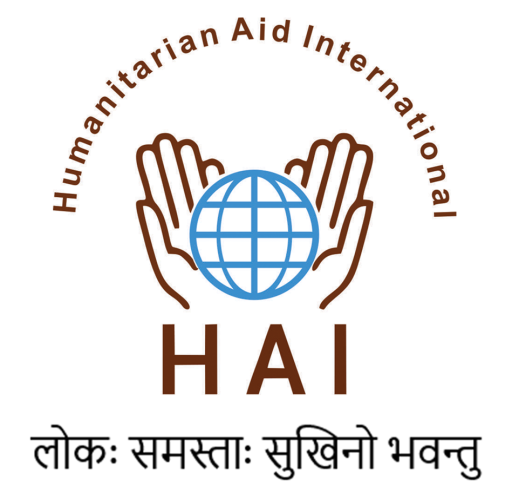
7 Commitments Climate and Environment Charter for Humanitarian Organizations
Humanitarian Aid International has been a signatory of the Climate Charter since 9 October 2021 and is actively engaged in almost all global processes of Climate Change. Climate change adaptation is one of the HAI’s mandates; therefore, we are always at the forefront to commit ourselves to make positive changes for climate-affected communities through our best possible interventions.
- Commitment 1: Step up our response to growing humanitarian needs and help people adapt to the impacts of the climate and environmental Crises
By 2025, HAI will consider climate and environmental risks in all its programmes based on thorough risk analyses combined with scientific studies and the expertise of the local population. HAI would have strengthened the capacities of the maximum vulnerable communities within its existing programme areas in India to cope with climate-induced extreme weather events and to adapt to them positively.
- Commitment 2: Maximize the environmental sustainability of our work and rapidly reduce our greenhouse gas emissions
By 2025, HAI will innovate, integrate & promote activities that significantly reduce CO2 emissions. HAI will work on the premise of CoP principles and IPCC indicators to control the 1.5-degree Celsius temperature. HAI aims to adhere to the “do no harm” principle across its programme areas to maintain and further improve the diversity of ecosystems.
- Commitment 3: Embrace the leadership of local actors and communities
By 2025, HAI will promote climate champions to lead actions at the community level and influence the discourse at the national and global levels. HAI will rely on local and traditional knowledge of climate mitigation and adaptation as effectively as possible and integrate it into its programmes.
- Commitment 4: Increase our capacity to understand climate and environmental risks and develop evidence-based solutions
By 2025, the HAI team and national platform members will better understand the drivers of climate and environmental degradation and the measures required to address them.
By 2025, HAI will improve its internal capacity to develop and analyse digital maps of climate hot spots to influence humanitarian, development and climate programmes at a larger scale.
- Commitment 5: Work collaboratively across the humanitarian sector and beyond to strengthen climate and environmental action
By 2025, HAI will build alliances and work complimentarily with local and national authorities, researchers, and other environmental experts to strengthen climate-smart approaches in our programmes. HAI would have established an international advisory committee to seek support for improved climate resilience across all programmes. HAI would have helped all its national member organisations to mainstream climate resilience activities and sensitive actions.
- Commitment 6:Use our influence to mobilize urgent and more ambitious climate action and environmental protection
By 2025, HAI will leverage and further expand its existing national and international networks, not only to strengthen climate action and environmental protection at the project level but also to influence respective decision-making at the levels of laws and policies by collaborating with both local and national authorities and drawing attention
to at-risk communities.
- Commitment 7: Develop targets and measure our progress as we implement our commitments
Against each target, HAI will develop indicators and will rely on community feedback to measure and report progress across all the existing programmes/projects

